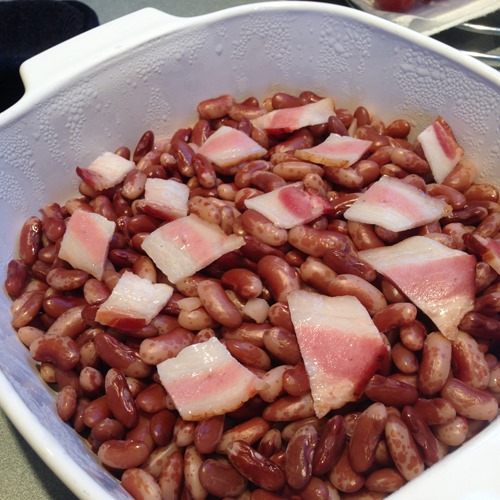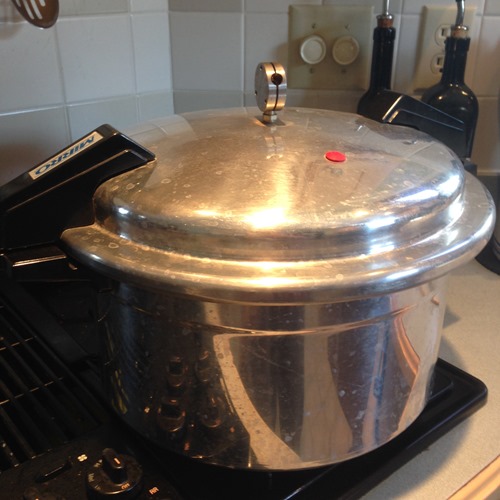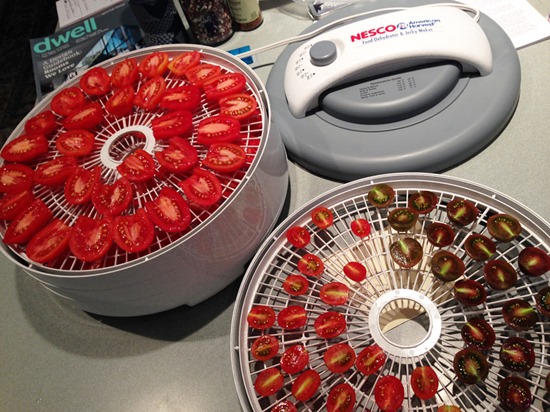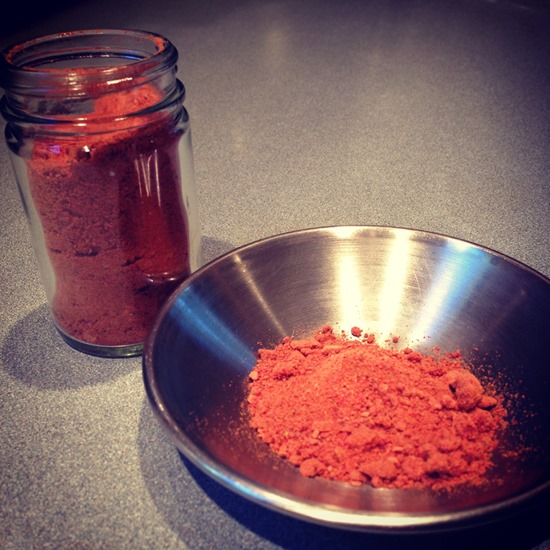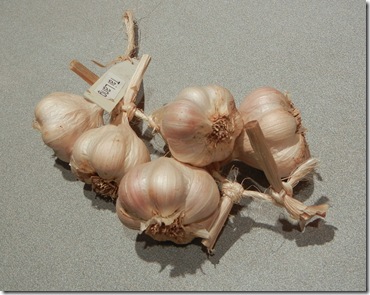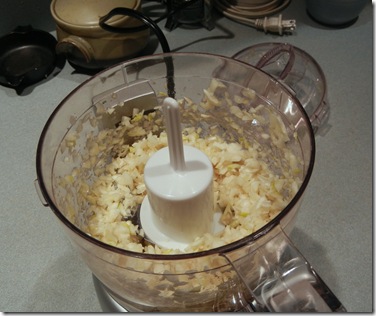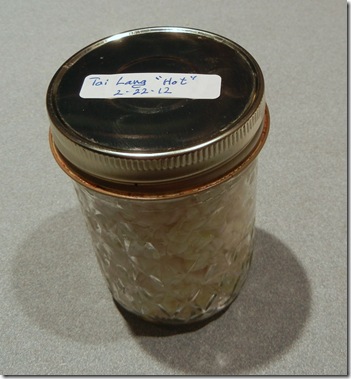Sorry. I couldn’t resist. I can’t believe it’s been so long since I’ve posted anything, but I really have been busy. Spring has hit and with it all the to-dos that have to be done. Add to that a nice trip to the Oregon coast…
…and I’ve had plenty to write about but not as much time (or energy!) to do it.
Yesterday and today I’ve been planting beans in the garden. Someone remarked they thought I was a little early but I’ve always planted now or even earlier and never had a problem with the beans not growing.
One of the plantings I did was a “rescue” of some Ireland Creek Annie beans I grew a few years ago. Or, I should say, I tried to grow. It was a terrible year for Mexican bean beetles and I ended up with literally only a couple dozen beans from my entire crop of this variety and the others didn’t fare much better. Today I planted them all out in the hope of increasing my supply. I’m pretty confident that if the beetles don’t get them this year I’ll have plenty again.
You see, I speak from experience. Above is the pile of beans I grew from a single seed of Cherokee Trail of Tears that we obtained. (Sorry it’s so blurry. I haven’t gotten any better at photography during my hiatus.) I’ve planted a few dozen of these this year on poles and expect a good amount from this heirloom pole variety. We had some for dinner last night and they were pretty good.
A few months ago I finally got around to trying something I’ve wanted to do for some time. I made and canned some baked beans. I did two small batches at the same time, Great Northern (left) and Jacob’s Cattle (right.)
For the sauce I used sorghum syrup instead of molasses. I’ve made baked beans with molasses before and just didn’t care for the flavor. The sorghum ended up tasting much better.
Throw in some bacon with the beans, add the sauce and bake. Both batches ended up needing much less time than anticipated to cook. I’ve found this is the case with home-grown beans. Must be because they are so fresh.
Here’s the pressure canner I got through Craigslist. I only had to replace the gasket and it was as good as new.
Voila! Baked beans. I thought the sauce was a bit watery when they went in the oven and then into the jars but after canning it thickened up to a nice creaminess. We go through quite a few cans of baked beans in a year. But I’m thinking now between my mad gardening skills and a functioning pressure canner we won’t be buying cases at Costco, much as we love beans!






